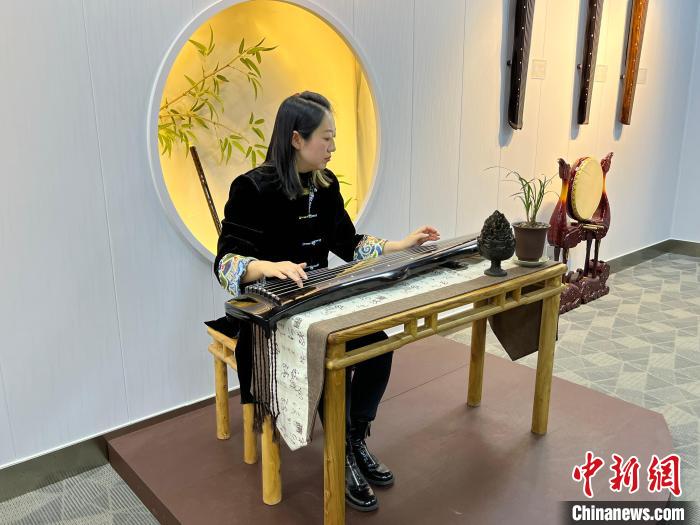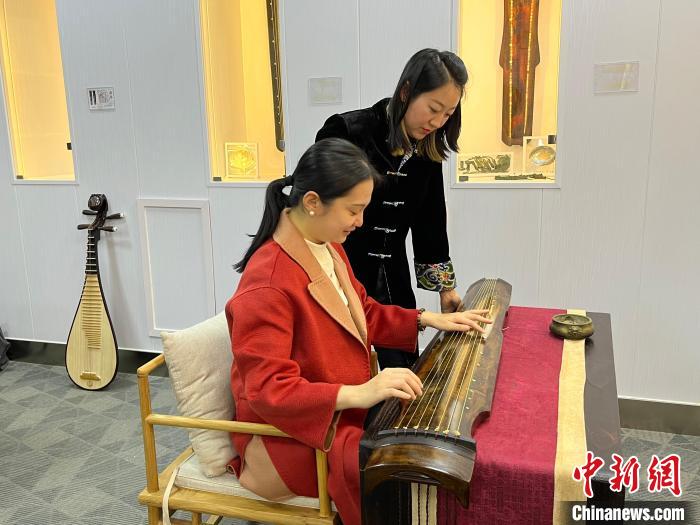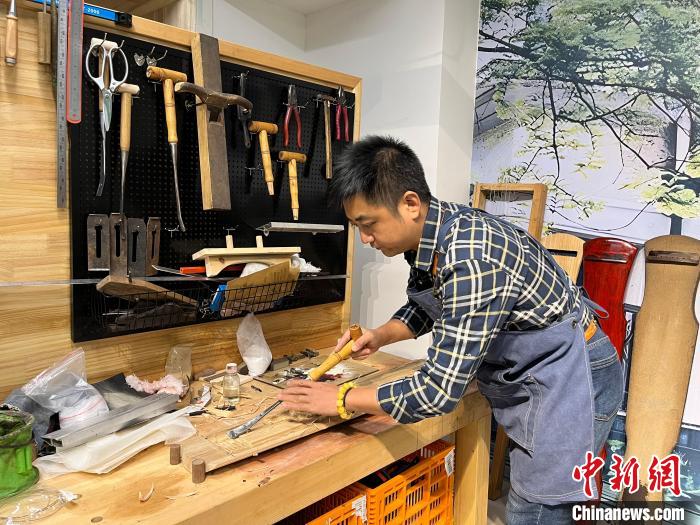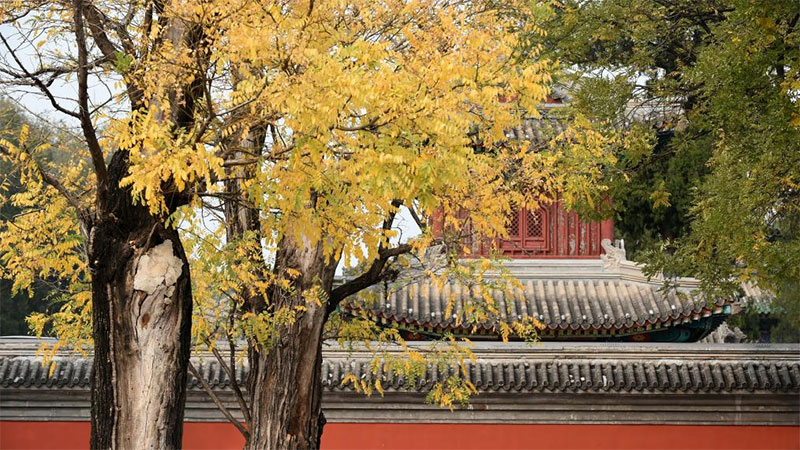Centuries-old Chinese musical instrument sees resurgence among young Chinese
Guqin, a traditional Chinese seven-stringed instrument with a history of over 3,000 years, is beginning to catch the attention of young Chinese people.
It is one of the earliest plucked string instruments in China, and is considered a treasure in traditional Chinese music culture. The UNESCO registered "Guqin and its music" on the Representative List of the Intangible Cultural Heritage of Humanity in 2008. The instrument was inscribed on the World Heritage List in 2003.
The Guqin has served as a symbol of friendship in China, as illustrated by the story of Yu Boya and Zhong Ziqi during the Spring and Autumn Period and the Warring States Period (770-221 BC). Yu, a Guqin expert, never played the instrument again after Zhong, who greatly appreciated his talent, passed away. Their story is still a symbol of friendship to this day.

Li Xu, director of Shenyang Guqin culture exhibition hall, has taught Guqin for over five years. (Photo/Li Xian)
In early 2022, a Guqin culture exhibition hall was established in Shenyang city in northeast China's Liaoning Province by Li Xu, who has been teaching Guqin for over five years, along with a few other Guqin players, attracting a large number of Guqin enthusiasts.
"Guqin is an artistic instrument with a rich culture. It can help people cultivate their moral character and improve their cultural literacy," noted Qu Teng, who is a huge fan of traditional Chinese culture and always visits the exhibition hall for practice.

Li Xu teaches a Guqin enthusiast to play Guqin. (Photo/Li Xian)
"Learning Guqin helps me find peace of mind," said Yu Yakun, another regular of the exhibition hall, who had originally intended to teach her kids about perseverance by learning Guqin, as it requires continuous efforts.
"The exhibition hall has provided a larger platform for Guqin lovers and we hope the Guqin can become known to more Chinese people," said Li Xu, director of the hall.
Li added that many Guqin lovers, both young and old, and even those from overseas, have come to her to learn Guqin in recent years. One man from Cambodia, who learned Guqin from Li, has brought the traditional Chinese art back to his own country, making Guqin culture popular there.
Some people work to spread the influence of Guqin culture, and others work to inherit it and pass it on. Liu Xiaofeng, whose family has been making Guqin for over a century in northeast China, is the fourth-generation inheritor of the "zhuo qin" technique, a Chinese craft used to make elaborate Guqin, and also an intangible cultural heritage.

Liu Xiaofeng, a Guqin maker, whose family has been making Guqin for over a century, is seen working on a Guqin. (Photo/ Li Xian)
"To make the tone of a Guqin stable, the instrument has to be made with wood that's at least 100 years old," said Liu, "and I must make sure that I'm concentrating and applying all the techniques I've learned over the years while making it."
Liu explained that learning Guqin is learning to have a peaceful attitude. He hopes that young people can make the art a part of their daily lives rather than just a skill.
Lin Haiying, the fourth-generation inheritor of Mei'an Guqin School, one of the modern schools of Guqin art, noted that the charm of Guqin art has seen the number of enthusiasts surge.
Lin added that Guqin can help people find peace of mind in the fast-paced modern metropolis. More and more young Chinese are spending their spare time on Guqin, a positive and healthy recreation, which is something to be commended.

Li Xu teaches a Guqin enthusiast to play Guqin. (Photo/Li Xian)
Photos
Related Stories
Copyright © 2022 People's Daily Online. All Rights Reserved.









